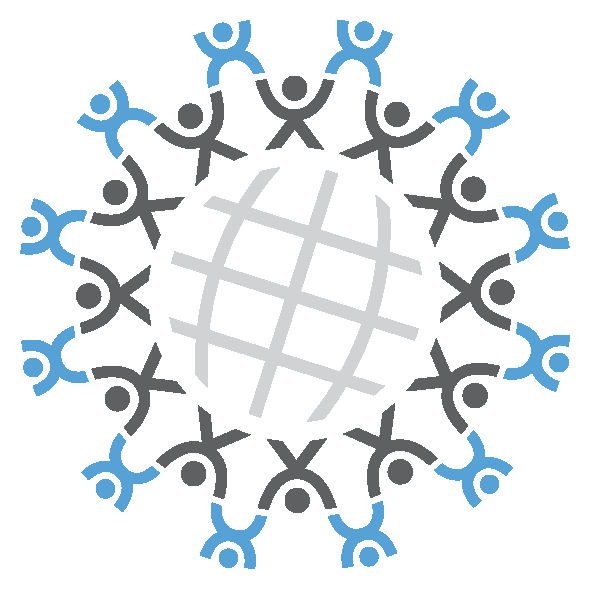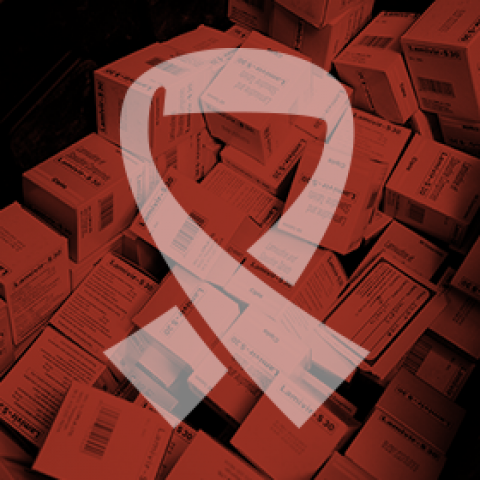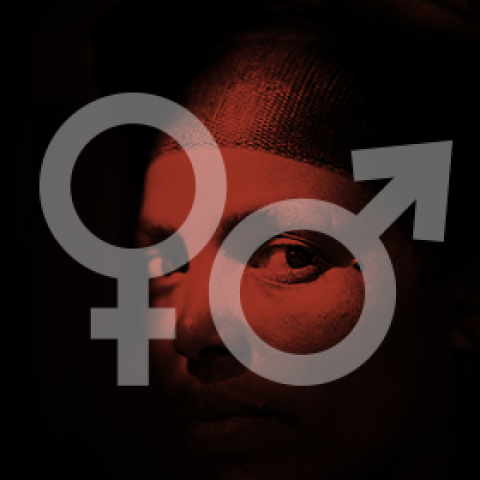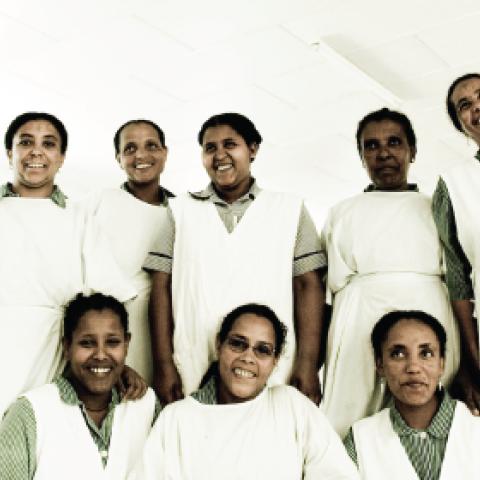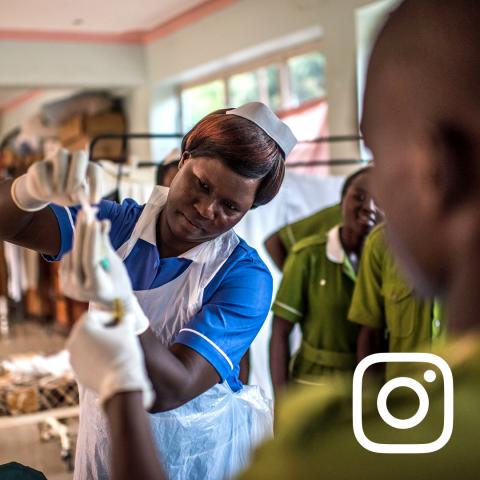How—and When—Do You Tell a Child She is HIV-positive?
Telling a child she is HIV-positive is difficult in many ways.
Last month, I was in Kigali, Rwanda, to give the keynote address at the 6th International Conference for Exchange and Research on HIV...
The Key to Progress: Health Workforce Lessons from the Family Planning Movement
One of the great privileges of my life has been to know bold leaders in family planning and reproductive health.Community Health Workers: Meeting the Unmet Need for Family Planning in West and Central Africa
A recent New York Times article featured an updated United Nations forecast that projects the world’s population will reach 10.1 billion by the end of the century, rather than stabilizing at nine billion midcentury as previously predicted.Where is the United States Government Going on 'Gender'?
I’ve been watching the ebb and flow of the gender equality movement for many years now. I’m glad to see that the ebbing, including the social backlash of the 1980s and the political chill of the 1990s, has been replaced by positive policy “flow”—if not flowering—in the U.S. government’s commitment to achieve gender equality in development assistance and diplomacyWhat We Need to Change: See More Health Workers ‘Made in the U.S.A’
Every year, U.S. medical and nursing schools turn away tens of thousands of qualified applicants and thousands of American students instead study at overseas medical schools.Asking Smart Questions: Where Are Health Workers within Service Integration?
I was struck by the extent to which the health worker as input or output in the evaluation of service integration models is conceptually absent.Focusing on Women, Girls, and Gender Equality: Let’s Not Forget Female Health Workers
The Obama administration's Global Health Initiative has taken the bold step of putting the principle of "women, girls, and gender equality" at the top of the list.Walking in Other People’s Shoes
Task shifting in low-resource settings means transferring tasks from one health care worker to another—and it comes with challenges.
Once You Drink from the Nile, You Will Come Back for More
The work we do in Southern Sudan—soon to be South Sudan—has been far more than symbolic.






